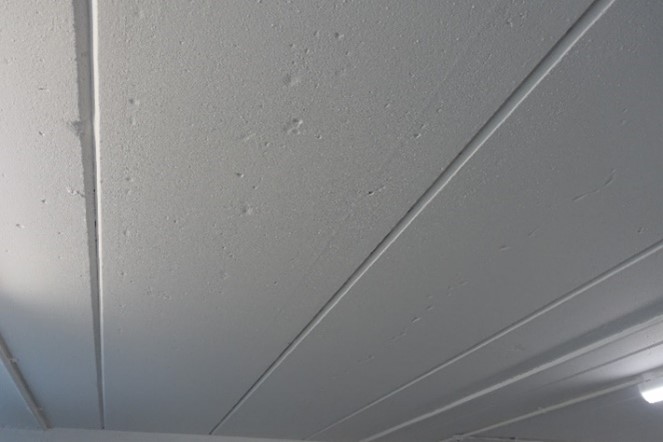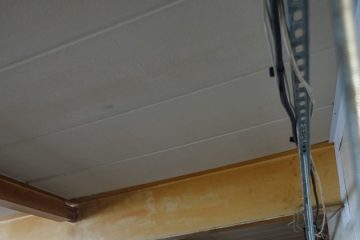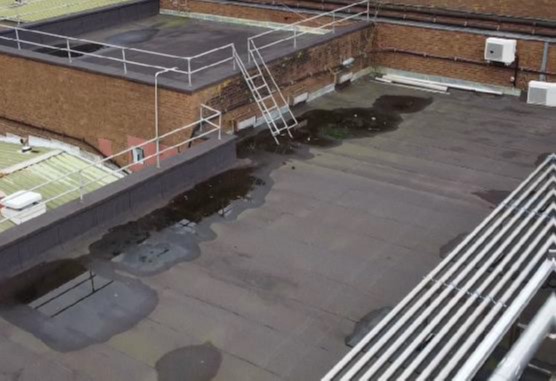RAAC Building Inspections
Our RICS Chartered Surveyors carry out commercial property inspections to look for the presence of RAAC within the building structure.
If RAAC is identified, the surveyors provide a detailed assessment of its condition and advise on any precautionary measures or remedial works that need to be done to maintain the safety and integrity of the building.
What does a RAAC inspection involve?
- A RAAC inspection is a visual assessment of the building, looking for the presence of RAAC and visibly assessing the condition of any RAAC that is present.
- When RAAC is present, the surveyor will also assess the building as a whole to evaluate the risk of damage or deterioration to the RAAC panels.
- The condition of the roof coverings above will be assessed via the use of a drone.
- The surveyor will also take into account how the building is being used, to assess the level of risk.



Examples of RAAC from recent surveys
While RAAC was widely used in public sector buildings from the 1950s until the early 1980s, it is reassuring to note that in the majority of buildings we inspect, we do not find any RAAC present. Here are some examples of buildings where RAAC has been identified.
RAAC Inspection of a Commercial Building in Nottinghamshire
This was a 2-storey commercial premises built around 1965, currently used as an office building.
We found RAAC panels in several areas, and the general construction of the building led us to conclude that RAAC was likely to be present across two large areas of the building’s ceilings.
In one area, the RAAC was in good condition; however, water ingress was observed in one corner. We recommended that the panels in the region of the water ingress should be re-inspected yearly; other panels should be re-inspected every 3 years.
In another area, RAAC panels were found to be damaged, with exposure of the reinforcements. We also found clear evidence of deflection. In this case, remedial works were required to provide additional support in the immediate term.

RAAC Inspection of a Factory in Wales
This was a large, single-storey industrial steel portal frame building.
RAAC panels were found across the property. They were painted throughout, which limited our inspection; however, based on our visual assessment the panelling appeared to be in fair condition.
However, our inspection of the roof of the building found areas where it was in poor condition, increasing the risk of water leaking into the building. Fortunately, to-date, any RAAC panels that had been exposed to moisture appeared to only have been exposed for a short period of time, limiting any damage.
External weather-proofing was recommended to protect the integrity of the RAAC panels, along with a cyclical and periodic visual monitoring programme, with a minimum frequency of every 3 years.

Want to know more?
We're here to help
If you would like to discuss a potential project with our consultants or get advice on any aspect of building surveying or engineering, please don’t hesitate to complete our contact form, call us on 0333 202 6386, or contact one of our regional offices.



